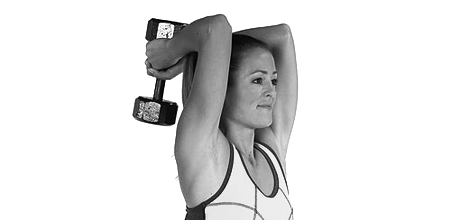
Our everyday lifestyle can put strain on our bodies. Considering most of us work 8 plus hour days and sit in front of computers for the majority of the time, we need to sit up and be aware of our posture. Here are some top tips for achieving good posture, issued by the NHS.
Support your back
Avoid back pain by adjusting your chair so that your lower back is properly supported. A correctly adjusted chair will reduce the strain on your back.
Adjust your chair
Adjust your chair height so that you can use the keyboard with your wrists and forearms straight and level with the floor. This can help prevent repetitive strain injuries.
Rest your feet on floor
Your feet should be flat on the floor. If they’re not, ask if you can have a footrest, which lets you rest your feet at a level that’s comfortable. Don’t cross your legs, as this can cause posture-related problems.
Place your screen at eye level
Your screen should be directly in front of you. A good guide is to place the monitor about an arm’s length away, with the top of the screen roughly at eye level.
Using the keyboard
Place your keyboard in front of you when typing. Leave a gap of about four to six inches (100mm-150mm) at the front of the desk to rest your wrists between bouts of typing. Your wrists should be straight when using a keyboard.
Keep your mouse close
Position and use the mouse as close to you as possible. A mouse mat with a wrist pad may help to keep your wrist straight and avoid awkward bending.
Avoid screen reflection
Your screen should be as glare-free as possible. If there’s glare on your screen, hold a mirror in front of it to identify the cause. Position the monitor to avoid reflection from overhead lighting and sunlight.
Working with spectacles
People with bifocal spectacles may find them less than ideal for computer work. It’s important to be able to see the screen easily without having to raise or lower your head.
Make objects accessible
Position frequently used objects, such as your telephone or stapler, within easy reach. Avoid repeatedly stretching or twisting to reach things.
Avoid phone strain
If you spend a lot of time on the phone, try exchanging your handset for a headset. Repeatedly cradling the phone between your ear and shoulder can strain the muscles in your neck.
For the full article and a video explaining how bad posture contributes to health problems including back pain, visit the NHS website: http://www.nhs.uk/Livewell/workplacehealth/Pages/howtositcorrectly.aspx









